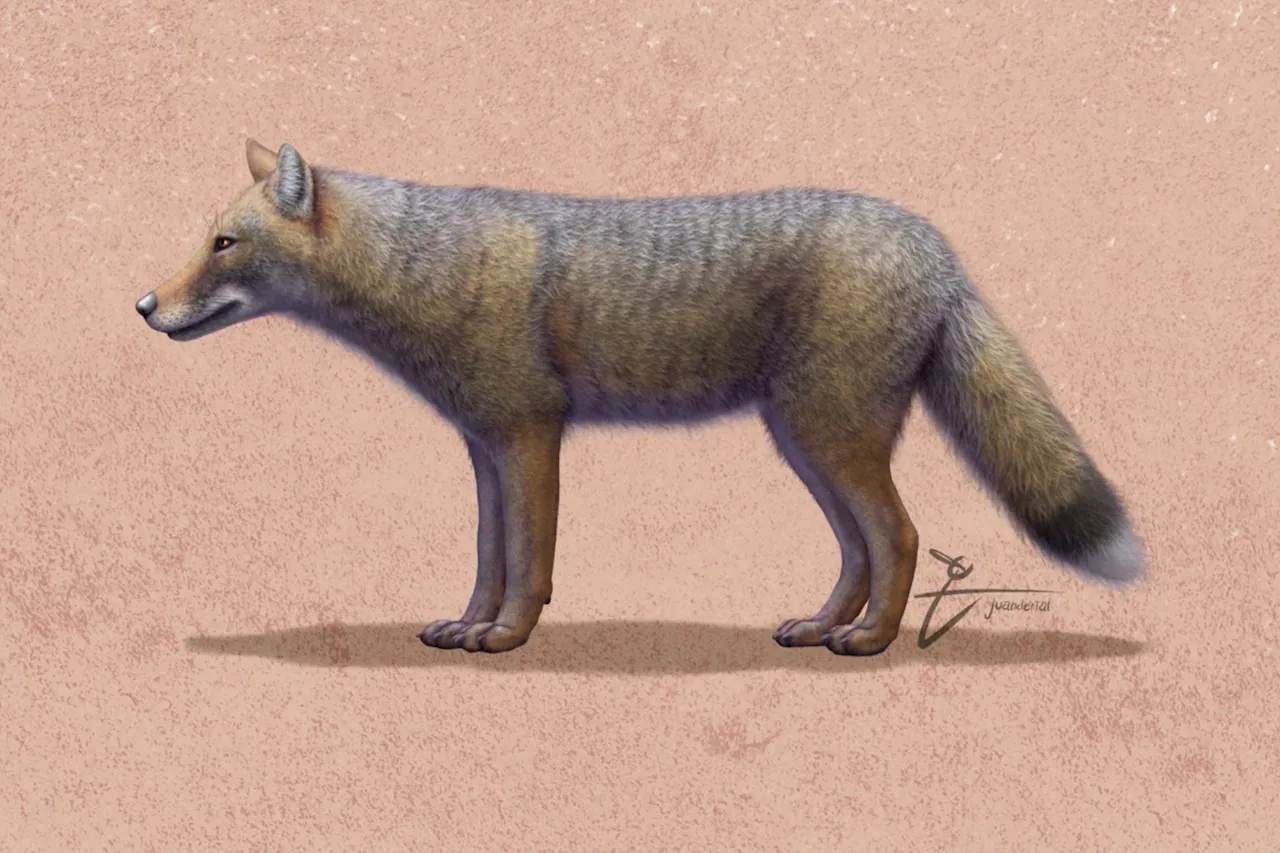An extinct species of fox was found buried alongside more than 20 humans from over 1,500 years ago.
Ancient humans in South America may have kept foxes as pets, according to archaeologists.Their finding comes from excavations at a grave site in northwest Patagonia in Argentina, named Cañada Seca. Archaeologists had previously uncovered there several human remains from around A.D. 450, buried alongside animal companions.
'The introduction of domestic dogs in South America from Mesoamerica by indigenous people ca 5000 years BP and their arrival in Patagonia ca 700–900 years BP may have also led to hybridization events between the two species, potentially further contributing to its extirpation,' the authors said.
United States Latest News, United States Headlines
Similar News:You can also read news stories similar to this one that we have collected from other news sources.
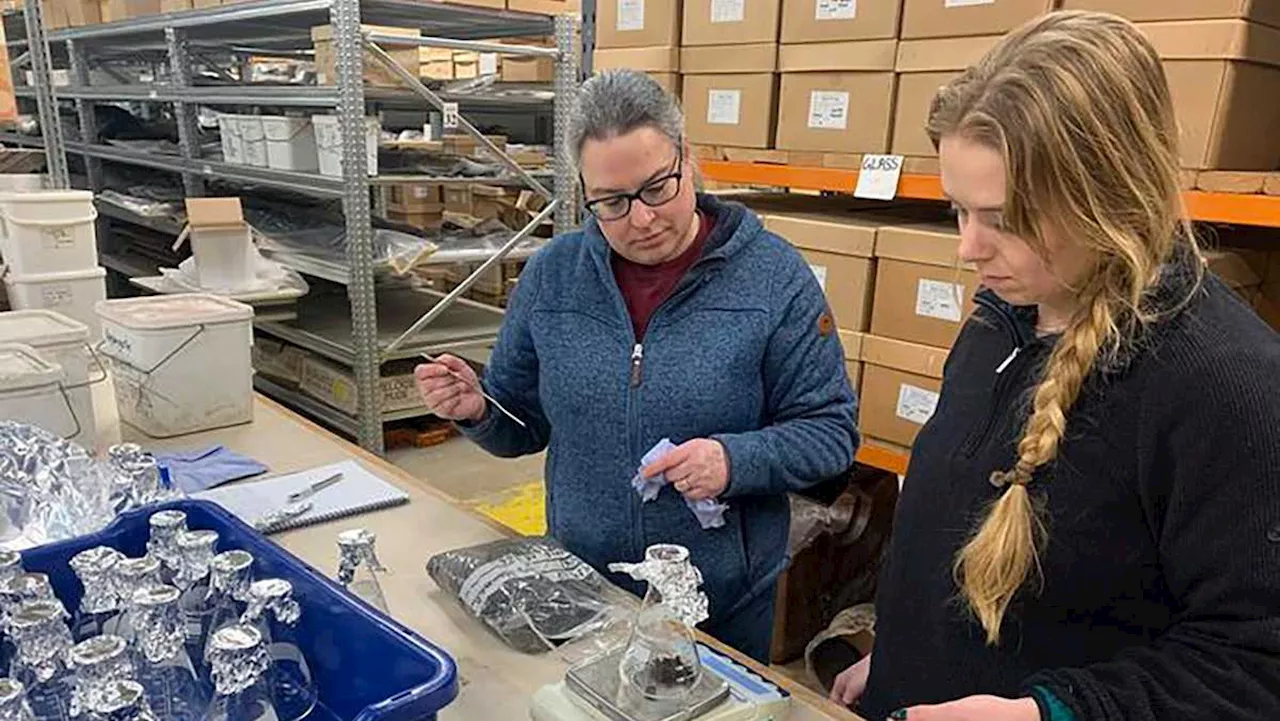 Archaeologists are now finding microplastics in ancient remainsMicroplastics have been found in historic soil samples for the first time, according to a new study, potentially upending the way archaeological remains are preserved.
Archaeologists are now finding microplastics in ancient remainsMicroplastics have been found in historic soil samples for the first time, according to a new study, potentially upending the way archaeological remains are preserved.
Read more »
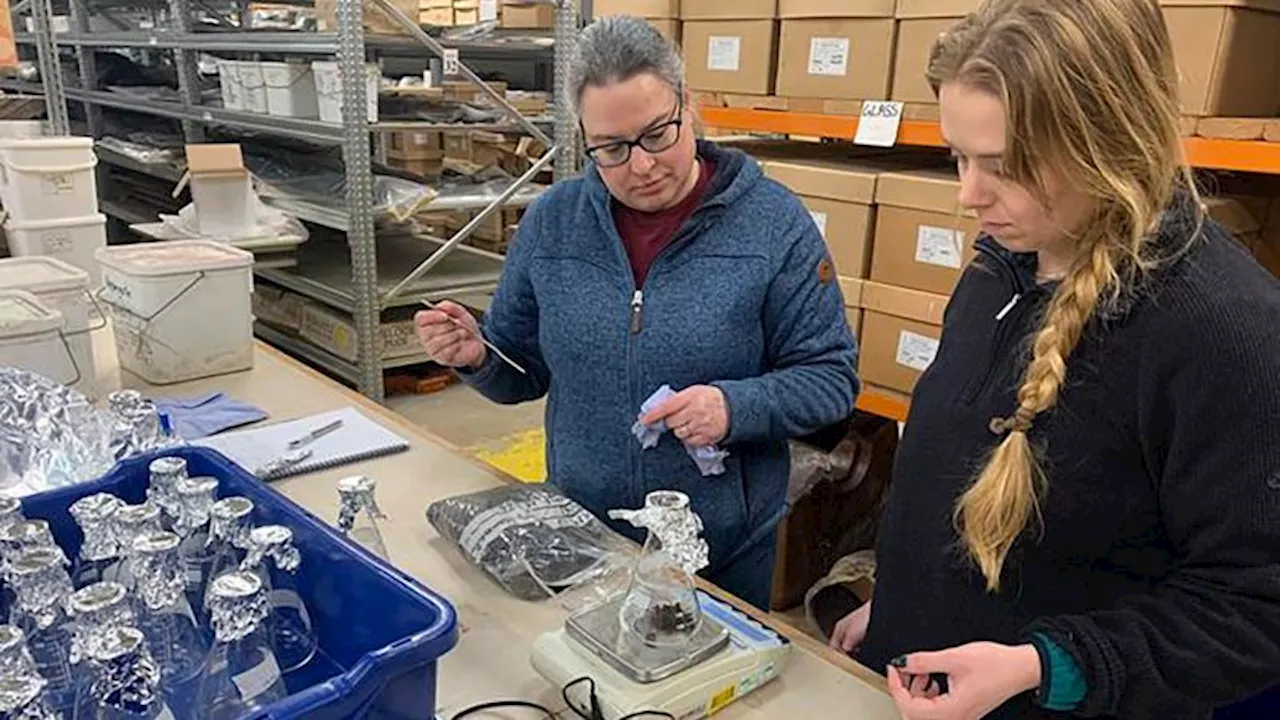 Archaeologists are now finding microplastics in ancient remainsMicroplastics have been found in historic soil samples for the first time, according to a new study, potentially upending the way archaeological remains are preserved.
Archaeologists are now finding microplastics in ancient remainsMicroplastics have been found in historic soil samples for the first time, according to a new study, potentially upending the way archaeological remains are preserved.
Read more »
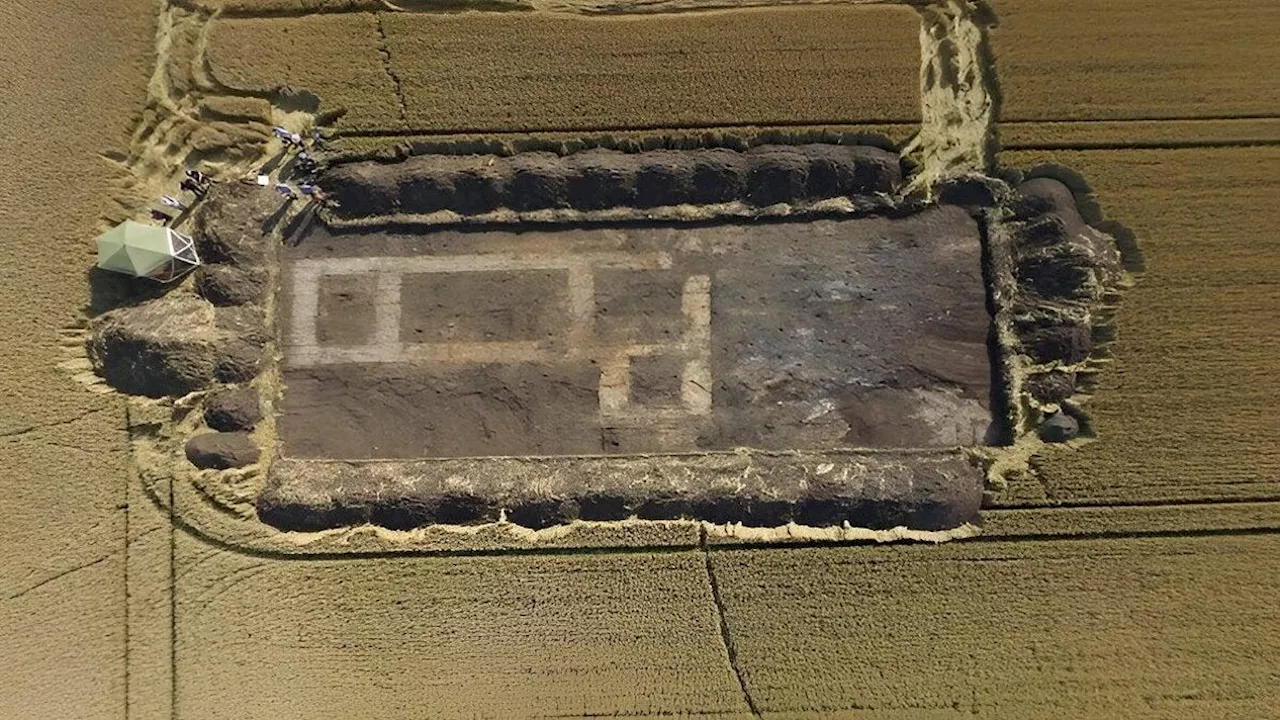 Archaeologists Discover a Hidden Ancient Henge in EnglandAn excavation in Lincolnshire revealed what appears to be a sacred site.
Archaeologists Discover a Hidden Ancient Henge in EnglandAn excavation in Lincolnshire revealed what appears to be a sacred site.
Read more »
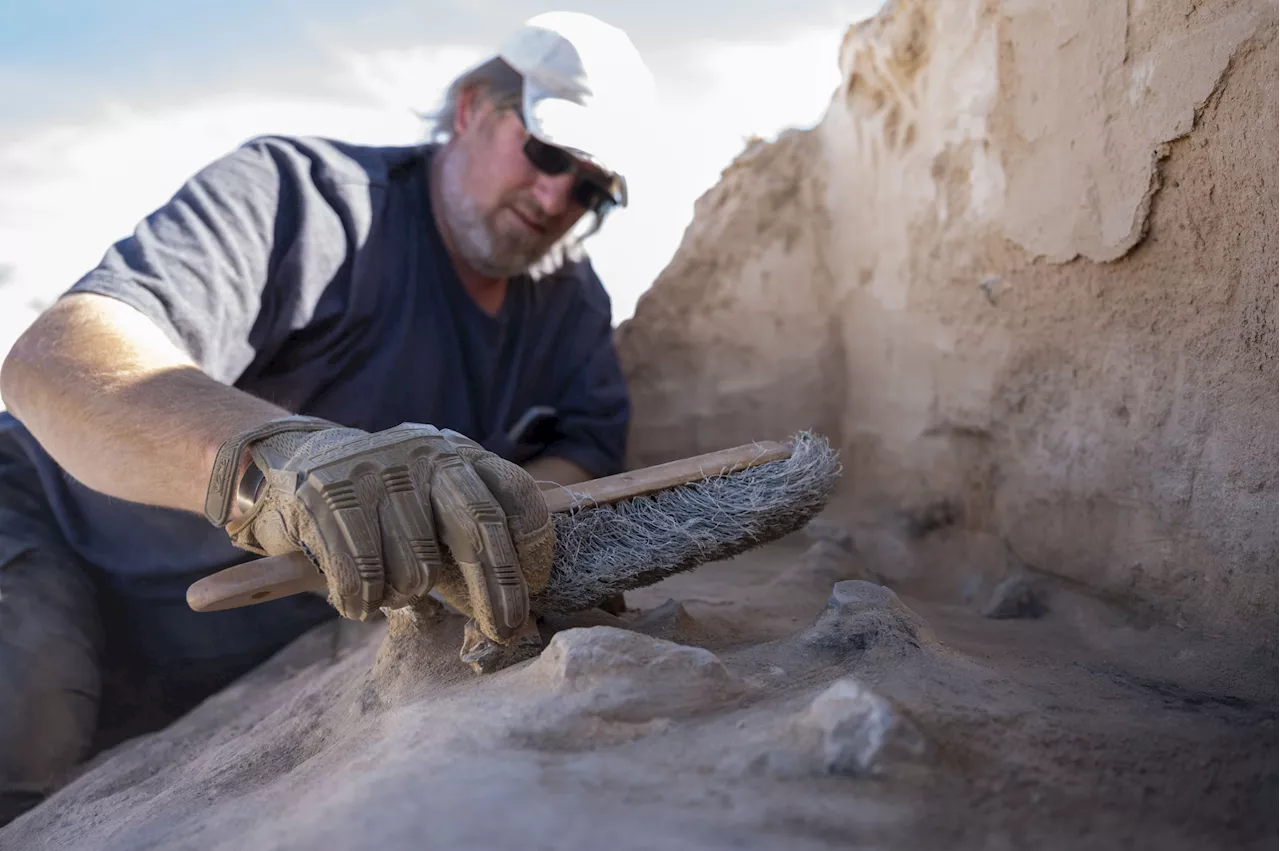 Archaeologists Find Ancient Campsite Left by New Mexico's Earliest Settlers'This site marks a pivotal moment in shedding light on the area's history and its early inhabitants,' an Air Force official said.
Archaeologists Find Ancient Campsite Left by New Mexico's Earliest Settlers'This site marks a pivotal moment in shedding light on the area's history and its early inhabitants,' an Air Force official said.
Read more »
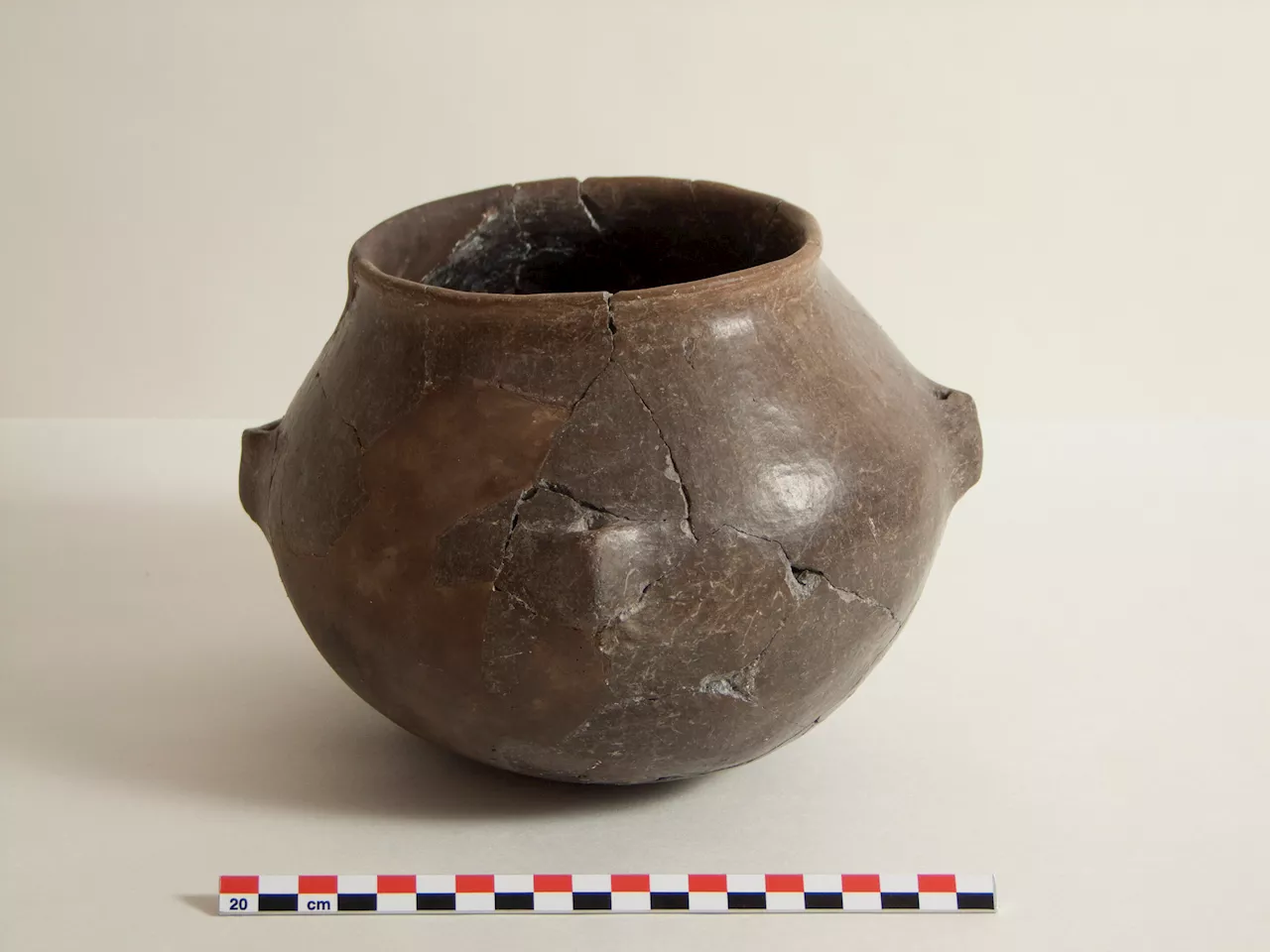 Archaeologists illuminate ancient culinary practices using chemical biomarkersCeramic pots endure the corrosive effects of thousands of years, and organic remains preserved inside the pores can shed light on the culture, values, diets, and daily life of societies. This research is achieved with the help of biomarkers.
Archaeologists illuminate ancient culinary practices using chemical biomarkersCeramic pots endure the corrosive effects of thousands of years, and organic remains preserved inside the pores can shed light on the culture, values, diets, and daily life of societies. This research is achieved with the help of biomarkers.
Read more »
